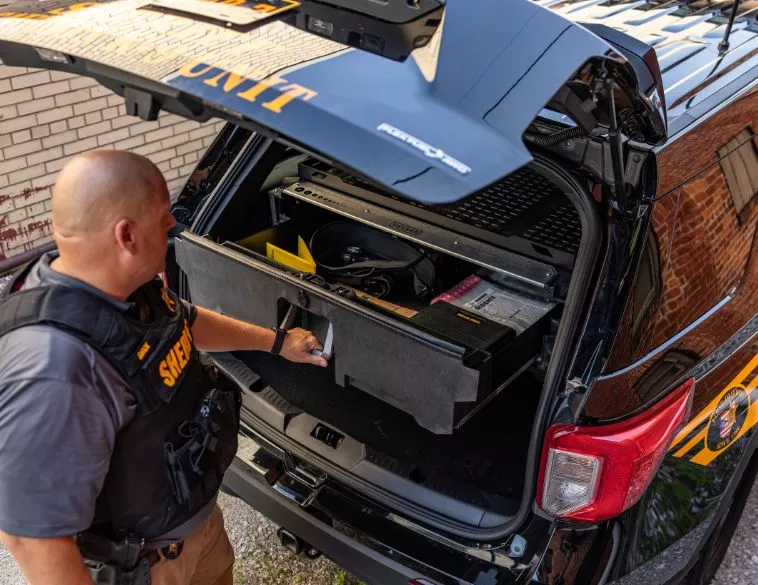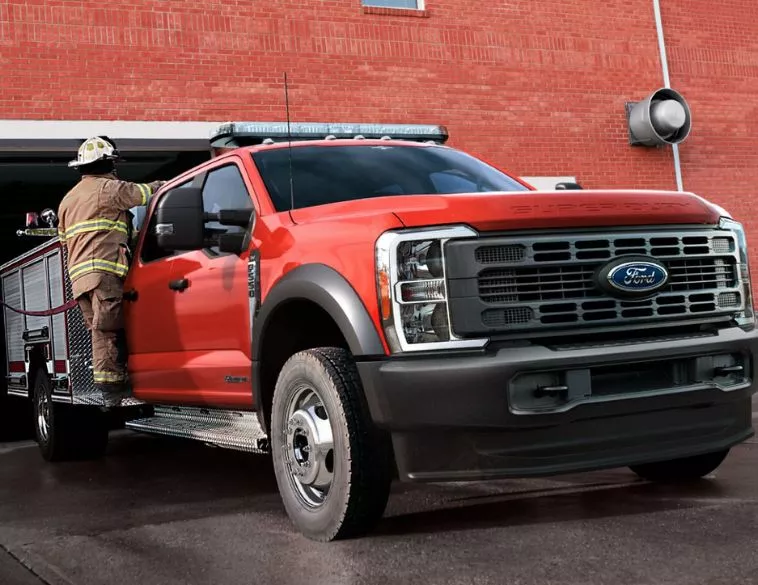Optimizing electric vehicles: practical advice for fleet managers

The move toward electric vehicle fleets is gaining momentum, yet Quebec winters remain a tough test for EVs.

To better understand these challenges, the Canadian Automobile Association (CAA) organized the first Canadian edition of the EV Test Drive, a full-scale test conducted with 14 models, including seven of the ten best-selling vehicles in the country. Sylvain Légaré, mobility research analyst at CAA-Québec, shares the observations drawn from this exercise which "really allowed us to get a good idea of the real range of vehicles during the cold season." On average, they experienced a 27% decrease in range compared to the figures announced by Natural Resources Canada (NRCan). The Polestar 2 and the Chevrolet Silverado EV ranked highest with only a 14% loss in range, while the Volvo XC40 Recharge (-39%) and the Toyota bZ4X (-37%) were at the bottom.
One of the first lessons from this experience is that the choice of an EV should be dictated by the nature of the trips. This analysis ensures that the selected model meets the company’s actual needs.
" An all-electric fleet isn’t always the most practical choice. They work efficiently and cost-effectively for urban logistics or short trips. That said, for long distances, a hybrid or plug-in hybrid may prove to be a better alternative," explains Mr. Légaré.
The use of telematics tools also helps gain a better overall understanding of the fleet. In addition to providing relevant data on trips, consumption, and employees’ driving habits, these tools facilitate planning and managing vehicle maintenance.
Mr. Légaré also suggests leveraging this data to reward employees who stand out for their driving habits, encouraging others to follow suit. "Most people don’t drive with the same range-conscious mindset as dedicated EV owners. Either they are unaware of eco-driving techniques, or they simply don’t want to change their habits to conserve this precious resource, the cornerstone of electrification."
Within its road safety division, CAA-Québec provides many tips to its members on eco-driving, which plays an essential role in energy optimization.
"We try to educate people on the best strategies to reduce consumption, both with electric and conventional vehicles, " explains Mr. Légaré.
Favoring a smooth and proactive driving style, and learning to manage acceleration and regenerative braking, significantly improves range.
By raising awareness among drivers about these techniques, companies can reduce their overall energy consumption and extend the lifespan of their vehicles.
Maintenance is another key factor in preserving range. Since EV brakes are used less than those of a combustion-engine vehicle, they can develop rust and seize, increasing rolling resistance."In an EV, minimizing resistance is crucial for optimizing range."
Tires also play a role. Cold temperatures reduce air pressure, which increases resistance. Mr. Légaré therefore recommends checking it regularly using onboard tools. But ultimately, "There is no perfect tire. It’s all about compromise, especially in winter. A tire with a lot of grip will have greater resistance. And if we try to reduce resistance, the tire may lack traction."
Charging is another major issue for both fleet managers and users. The availability and reliability of charging stations can sometimes lead to time losses due to waiting and technical problems, especially when temperatures drop below freezing. And for a business, downtime directly impacts business revenue.
Snow accumulation around the charging handle can sometimes turn into ice due to the heat released by the electricity, preventing it from unlocking. Mr. Légaré points out that CAA-Québec receives numerous calls regarding this issue during winter, along with reports of charging handles getting stuck in vehicles. This highlights the importance of educating employees about the potential challenges of each EV, not only to anticipate them but also to manage them effectively and reduce operational downtime.
"Today’s vehicles are essentially rolling computers. Each brand has its own emergency procedures, and one must know where to find the key controls," warns Mr. Légaré. "Our patrol officers must be familiar with the specific maneuvers for each model." He also recommends creating a technical sheet detailing each vehicle’s characteristics, along with offering a short training session for users. This should include aspects such as: energy-efficient driving techniques, optimal use of the heating system, battery performance and preconditioning, charging procedures, the location of emergency features (such as a latch or cable to unlock a stuck charger handle) or any other specificities, including towing-related information.
For example, the Chevrolet Silverado EV automatically engaged the emergency brake when its battery was completely drained. This made it impossible to shift into neutral for towing or even jump-start it, as unlocking the hood also required power. The vehicle had to be placed on Teflon skates and lifted onto a platform before being transported to a charging station to revive it.




